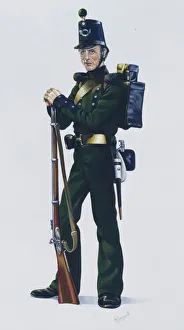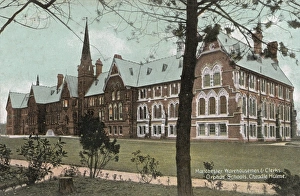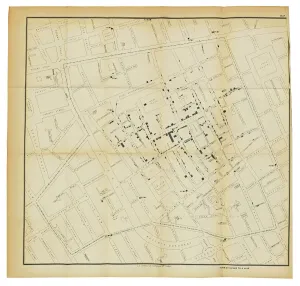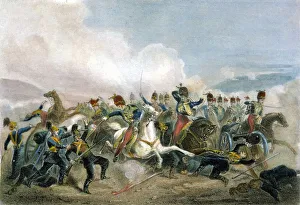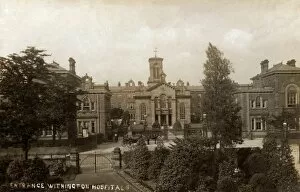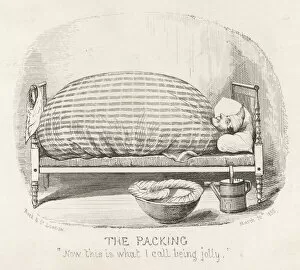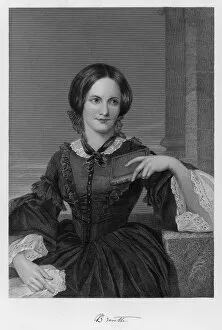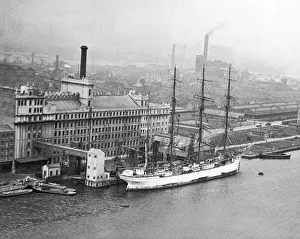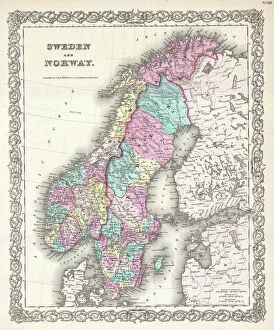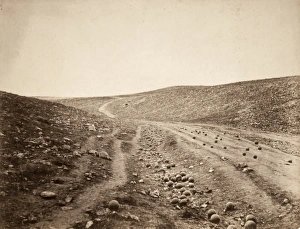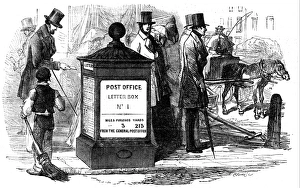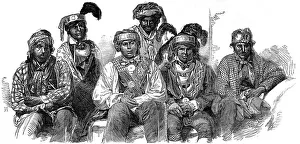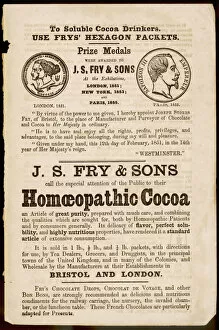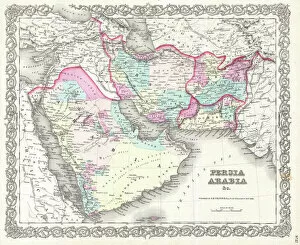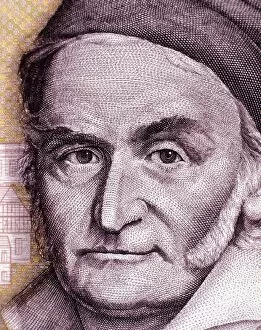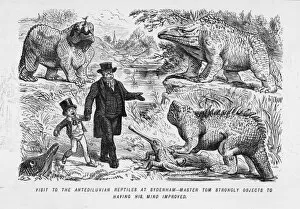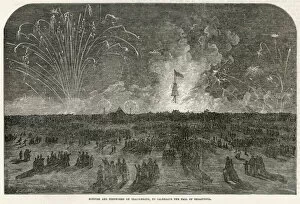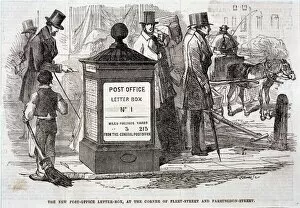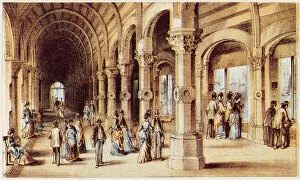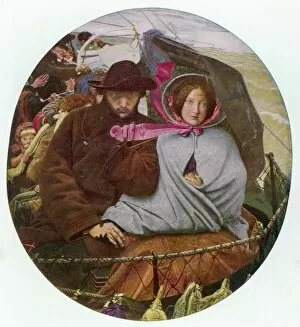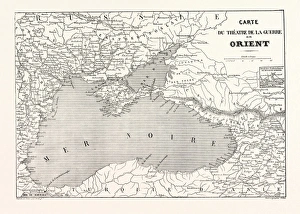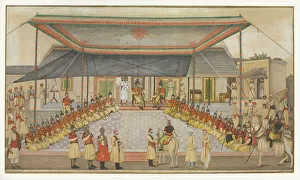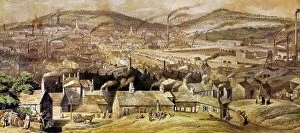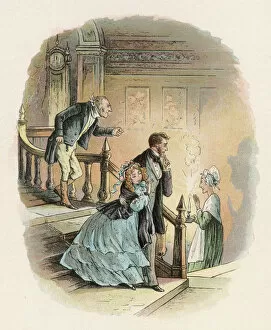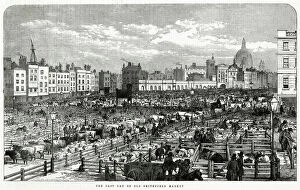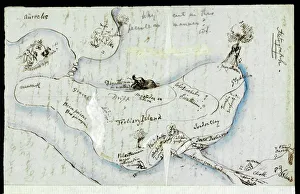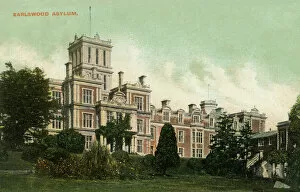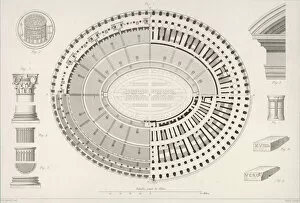1855 Collection
"1855: A Year of Triumphs, Tragedies, and Transformations" In 1855
All Professionally Made to Order for Quick Shipping
"1855: A Year of Triumphs, Tragedies, and Transformations" In 1855, the Rifleman of the 95th (Rifles) Regiment of Foot showcased their unparalleled marksmanship skills on the battlefield. Their precision and bravery became legendary during the Crimean War. Meanwhile, a beef cuts diagram from that year provided insight into the culinary preferences of the era. As people savored various cuts, they marveled at how food could unite even in times of conflict. The Crystal Palace in 1855 witnessed an extraordinary event as dinosaurs came to life through Punch magazine's imaginative illustrations. This whimsical display captivated visitors and transported them to a prehistoric world. Amidst these cultural marvels, John Moses Browning was born – a visionary who would revolutionize firearms design with his innovative inventions later in life. In Manchester, compassion prevailed as orphaned children found solace at the Warehousemen Orphan Schools in Cheadle Hulme. These institutions offered hope and education to those less fortunate. Inspired by Aesop's fable about Wind and Sun competing for supremacy over a traveler's cloak, individuals sought valuable lessons about gentleness triumphing over force during this time. However, not all stories ended happily. The Charge of the British Light Cavalry Brigade immortalized both courage and tragedy during their ill-fated assault at Balaclava during the Crimean War. On a brighter note, Withington Hospital opened its doors in Manchester – providing medical care to those in need while fostering advancements in healthcare practices throughout England. Across waters lay Royal Victoria Dock – bustling with trade ships from around the globe. This hub symbolized Britain's growing influence on international commerce during this era of expansionism. Philosopher Soren Kierkegaard delved deep into existential questions that challenged societal norms and beliefs - provoking introspection among intellectuals worldwide during this transformative period.


